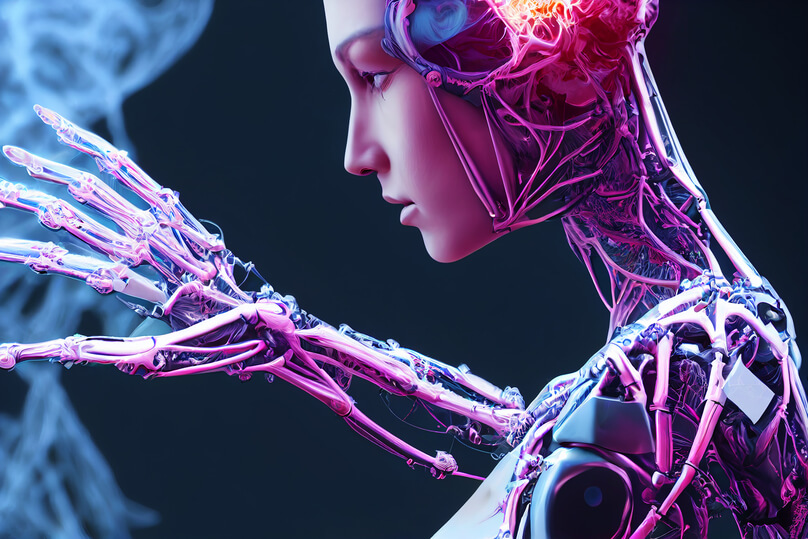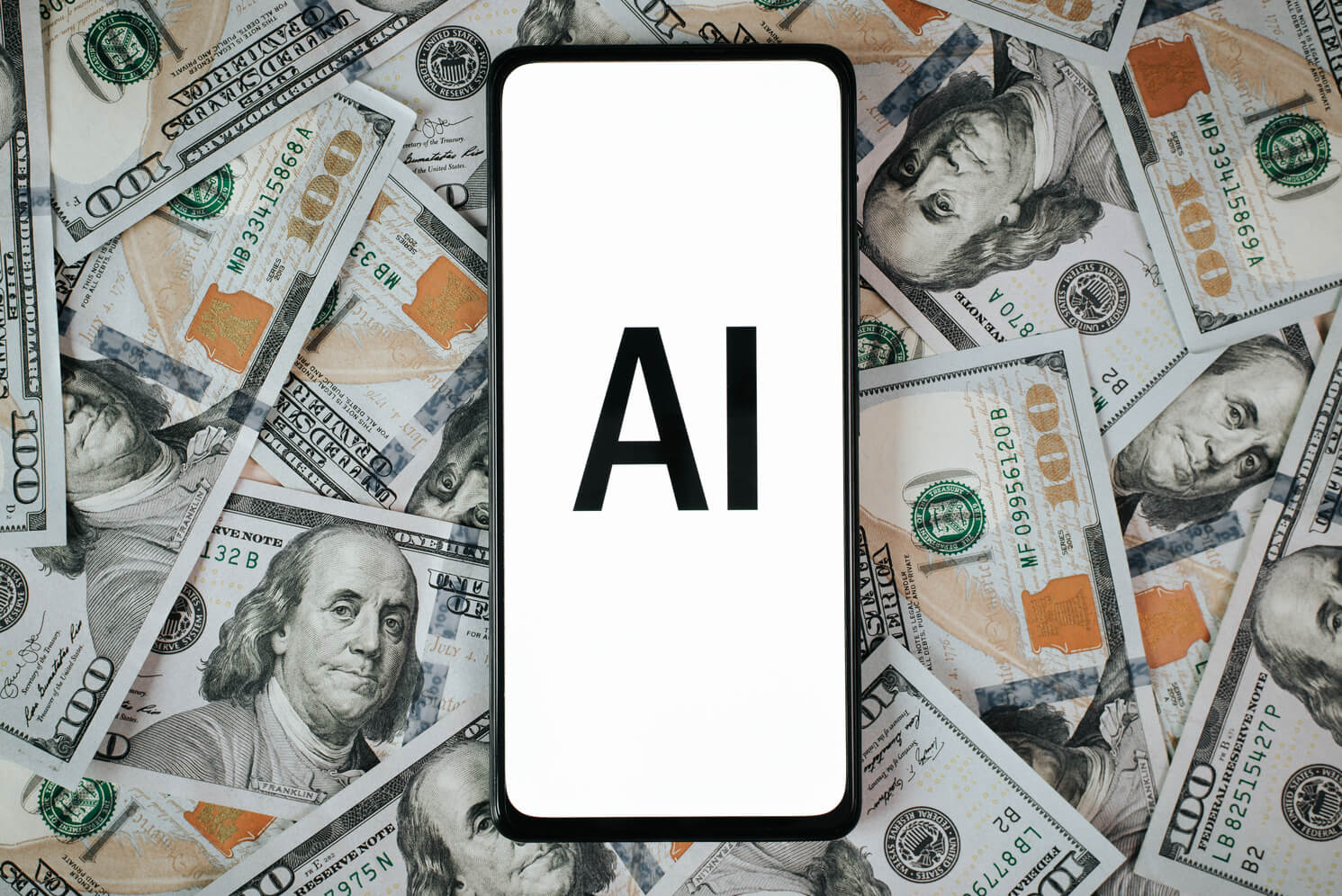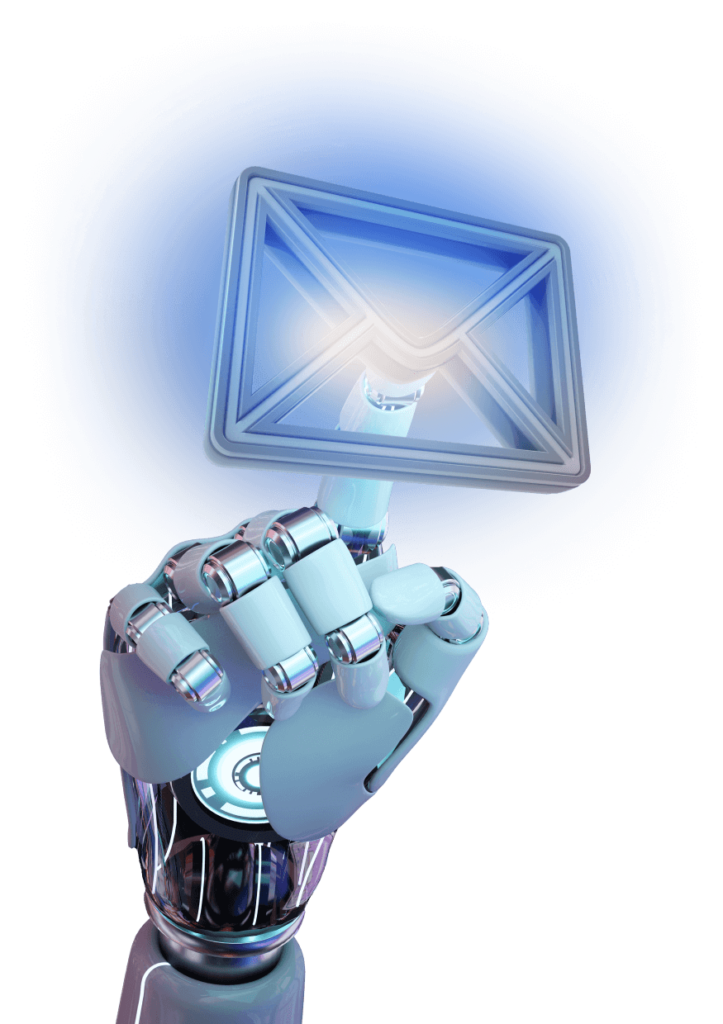Demystifying Machine Learning: A Beginner’s Guide
Machine learning (ML) might sound like a futuristic concept, but it’s already a part of our everyday lives. From recommending what you watch next on Netflix to predicting the weather, ML is a technology that enables systems to learn and improve from data without being explicitly programmed. This guide aims to simplify ML for beginners.
At its core, machine learning is about finding patterns in data. Imagine teaching a computer to recognize pictures of cats. Instead of programming explicit rules to identify a cat, you provide the computer with a dataset of cat and non-cat images. The ML model analyzes these examples, learns distinguishing features, and makes predictions when presented with new images.

Machine learning is generally divided into three categories: supervised learning, unsupervised learning, and reinforcement learning
- Supervised learning involves training a model on labeled data. For example, in predicting house prices, the model learns from past data containing features like size, location, and price.
- Unsupervised learning finds hidden patterns in unlabeled data. Clustering customers into groups based on behavior is a common example.
- Reinforcement learning involves teaching a system to make decisions by rewarding desirable actions, such as training a robot to navigate a maze.
Key to ML is the data: the better the quality and quantity of data, the better the model performs. Algorithms like linear regression, decision trees, and neural networks are tools ML practitioners use to solve problems.
Understanding machine learning doesn’t require advanced coding skills to start. Many platforms offer beginner-friendly resources to build your first model. As ML continues to shape industries, learning its fundamentals can empower you to navigate a rapidly evolving technological landscape.










